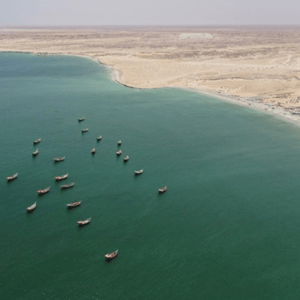Toponymy of the Creole Islands of the Indian Ocean
The French colonization of the islands of the Indian Ocean began at Fort-Dauphin in 16422 in the south of Madagascar and continued on Reunion Island (called Bourbon Island), which was permanently populated from 1665. The Creole born in these islands then spread across Mauritius (Ile de France), Rodrigues Island and the Seychelles (Bourdonnais Islands)3. These languages were born from the meeting of similar populations, Africans deported from the continent, from the Atlantic coast but especially from the coast of the Indian Ocean, from Malagasy, from French Europeans speaking mainly regional languages from the North of France forming the lexical base, and Indian populations who arrived as indentured workers. Due to the insularity of these territories, these Creoles then differentiated themselves. On the other hand, changes in the administration of these islands (Mauritius, Seychelles and Rodrigues came under English control in 1810) and various influences due to population migrations have accentuated these differences.
French territories at the end of the 18th century, the archipelagos of the Mascarenes, Seychelles and Chagos experienced a different political destiny. The entirety of this vast island space, with the exception of Reunion, has become English-speaking. However, we make an essential observation, seemingly paradoxical: these islands still have a predominantly French-speaking toponymy today.
More on : Jean-Cyrille Notter, Toponymie des îles créoles de l’océan Indien | isidore.science










